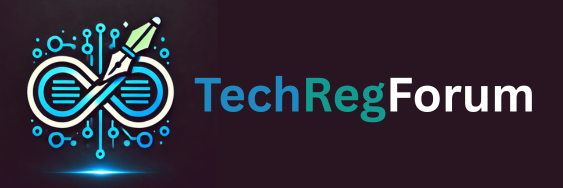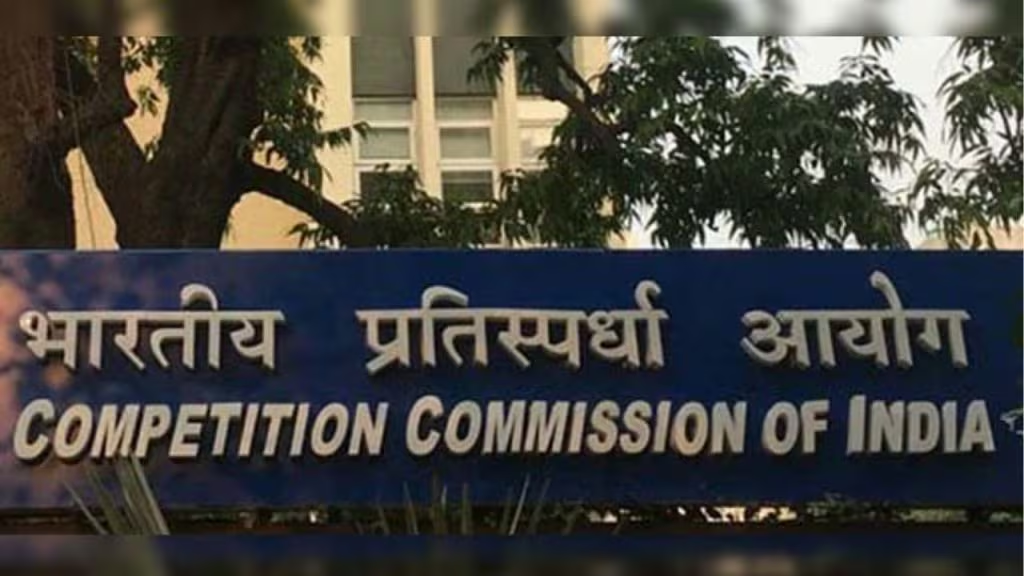As part of our Scribere program, Scriberes Krisshiv and Samyukta under the guidance of Anupam Sanghi discussed the EdTech Landscape in India. They assessed the latest trends, regulatory hurdles, and predictions in this sector.
India’s EdTech sector has been on a meteoric rise, fueled by increased smartphone penetration, affordable digital access, and a growing demand for quality education. The industry, valued at approximately $7.5 billion in 2024, is projected to reach $30 billion by 2030, expanding at a CAGR of 24%. Government initiatives such as Digital India and the National Education Policy 2020 have further catalyzed this growth by encouraging digital learning and skill development.
The sector is diverse, covering K-12 Education, Competitive Exam Prep, Corporate Upskilling, and Global Collaborations. However, with such rapid growth comes regulatory scrutiny and market challenges, including data privacy concerns, misleading advertising, and quality assurance.
Recent Trends in the Ed Tech Sector
AI Disruption: Microsoft-Pearson’s Collaboration and Its Implications
A recent development that could reshape EdTech is the Microsoft-Pearson AI partnership. The collaboration aims to develop AI-powered tools, new learning pathways, and specialized AI certifications to bridge the global AI skills gap. Pearson will integrate Microsoft’s Azure Cloud and AI-powered Copilot into its upskilling courses, providing tailored and scalable AI education solutions. This initiative aligns with the growing demand for AI proficiency, as 66% of employers now prioritize AI skills when hiring.
For Indian EdTech firms, this partnership sets a precedent for integrating AI into learning platforms. The key takeaways?
- Personalized Learning: AI-powered adaptive learning can tailor content to individual needs. For instance, it can offer customized tests and learning paths to make education more engaging and effective. This would be immensely helpful for students in rural India with regional variations and without regularized education.
- Reskilling & Upskilling: AI certifications can bridge India’s workforce skill gap, positioning professionals for global opportunities. Our January issue of TB Quest tackled how AI upskilling is impacting the Gen Z workforce in their salary conversations. You can read that here.
- Strategic Partnerships: Collaborating with global giants can accelerate growth, enhance credibility, and bring cutting-edge technology into India. Although many players have already leveraged these opportunities, the AI possibilities are still emerging.
Regulatory Hurdles and Challenges
How Can EdTech Protect Consumers Better?
The Consumer Protection Act, 2019 aims to protect consumer rights by addressing unfair trade practices and ensuring the dissemination of accurate information. EdTech companies must ensure their offerings are transparent and align with consumer expectations. Misleading information or failure to deliver promised outcomes could lead to severe legal repercussions under this act.
Case Study: Byju’s Service Deficiency
In 2019, Byju’s, one of India’s leading EdTech companies, faced allegations of deficiency of service. Several customers raised complaints about misleading sales practices, including promises of refunds and exaggerated claims regarding course effectiveness. Parents reported that they were coerced into purchasing expensive learning packages without a clear understanding of the terms and conditions. This led to multiple grievances being filed under the Consumer Protection Act. The case underscored the need for EdTech companies to establish robust grievance redressal mechanisms and maintain ethical business practices to retain consumer trust.
How Can EdTech Strengthen Data Privacy?
Under the Digital Personal Data Protection Act, 2023, EdTech players must be cautious in data collection, even more so with AI in the picture. The Act and Rules mandate redesigning user interfaces and workflows to clearly inform users about how their data will be used, purpose limitation for data collection, data localization norms for EdTech platforms with international operations or partnerships, and grievance redressal and breach reporting mechanisms.
Case Study: DIKSHA Data Leak
In 2022, DIKSHA, a governmental education platform, exposed full names, phone numbers, and email addresses of over a million teachers, as well as details of approximately 600,000 students, due to an unsecured cloud server. Despite security warnings, the issue persisted until the links were removed. This underscores the urgent need for stringent data protection policies and accountability for Ed Tech platforms.
How Can EdTech Safeguard Intellectual Property?
To protect proprietary content and technology, EdTech firms should:
- Register copyrights for content ownership.
- Trademark brand elements to prevent misuse.
- Seek patents for tech innovations involving hardware or unique processes, ensuring competitive advantage and legal protection. Although software and business methods are generally non-patentable in India, EdTech companies can seek patents for technological innovations combined with hardware or unique processes.
How Can EdTech Ensure Compliance with Educational Standards?
- UGC Regulations: Platforms offering online degrees must comply with UGC norms to ensure academic credibility.
- AICTE Guidelines: Technical education providers must align with AICTE standards to maintain quality and avoid penalties.
Can Self-Regulation Fill the Gaps?
In the absence of a dedicated regulatory body, industry-led initiatives like the Indian EdTech Consortium (IEC) provide a voluntary code of conduct. Established under IAMAI, IEC promotes transparency and accountability, addressing misleading practices.
The Road Ahead
The Microsoft-Pearson partnership shows how AI can transform the educational sector and also contribute greatly towards achieving personal and group goals through skill development. The Indian EdTech sector is at an inflection point. AI-driven innovation, strategic global partnerships, and a focus on skill development will define the industry’s next phase. By creating solutions for regional needs and partnering with global firms for the purpose of skill development and overall growth in the economy, Indian companies can potentially become leaders in the AI-driven education landscape through these creative innovations.
How do we make sure AI works for everyone as it continues to transform education? EdTech businesses must comply with transparent data rules, governments need to enact strict laws, and students need to continue to be cautious of the technology they use. The collaboration between Microsoft and Pearson is a promising start but how successfully we strike a balance between human values and technology innovation will determine how AI is used in education in the future.


